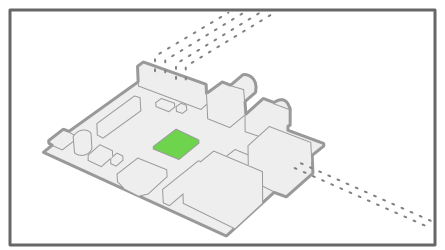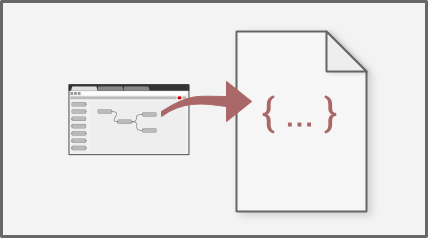About
Node-RED is a flow-based programming tool, originally developed by IBM Emerging Technology Services team and now a part of the OpenJS Foundation.

Browser-based flow editing
Node-RED provides a browser-based flow editor that makes it easy to wire together flows using the wide range of nodes in the palette. Flows can be then deployed to the runtime in a single-click.
JavaScript functions can be created within the editor using a rich text editor.
A built-in library allows you to save useful functions, templates or flows for re-use.
Built on Node.js
The light-weight runtime is built on Node.js, taking full advantage of its event-driven, non-blocking model. This makes it ideal to run at the edge of the network on low-cost hardware such as the Raspberry Pi as well as in the cloud.
It is easy to extend the range of palette nodes to add new capabilities, with over 5000 nodes already shared by the community.


Social Development
The flows created in Node-RED are stored using JSON which can be easily imported and exported for sharing with others.
An online flow library allows you to share your best flows with the world.
History
Node-RED started life in early 2013 as a side-project by Nick O’Leary and Dave Conway-Jones of IBM’s Emerging Technology Services group.
What began as a proof-of-concept for visualising and manipulating mappings between MQTT topics, quickly became a much more general tool for building light-weight, event-driven applications.
Open-sourced in September 2013, Node-RED was one of the founding projects of the JS Foundation in October 2016. In 2019, the Node.js Foundation merged with the JS Foundation to form the OpenJS Foundation.
In 2021, Nick founded FlowFuse, Inc. to continue driving Node-RED forward, making it more accessible for enterprise use. FlowFuse was created to elevate Node-RED for enterprise contexts through a secure, professional, and scalable platform and has found particular success in industrial applications helping teams connect, collect, transform and visualize operational data.
For some more of the history and highlights:
- read our blog post announcing the move to the JS Foundation.
- watch Nick’s talk from Monki Gras 2016 :
Citing Node-RED
If you need to cite the project in a paper, please use the following information:
| Name | Node-RED |
| Author | OpenJS Foundation & Contributors |
| URL | If you are citing the project in general, use the project website URL - https://nodered.org. If you are citing a particular version, use either the website, or find the release page on GitHub for the version you are citing. |
